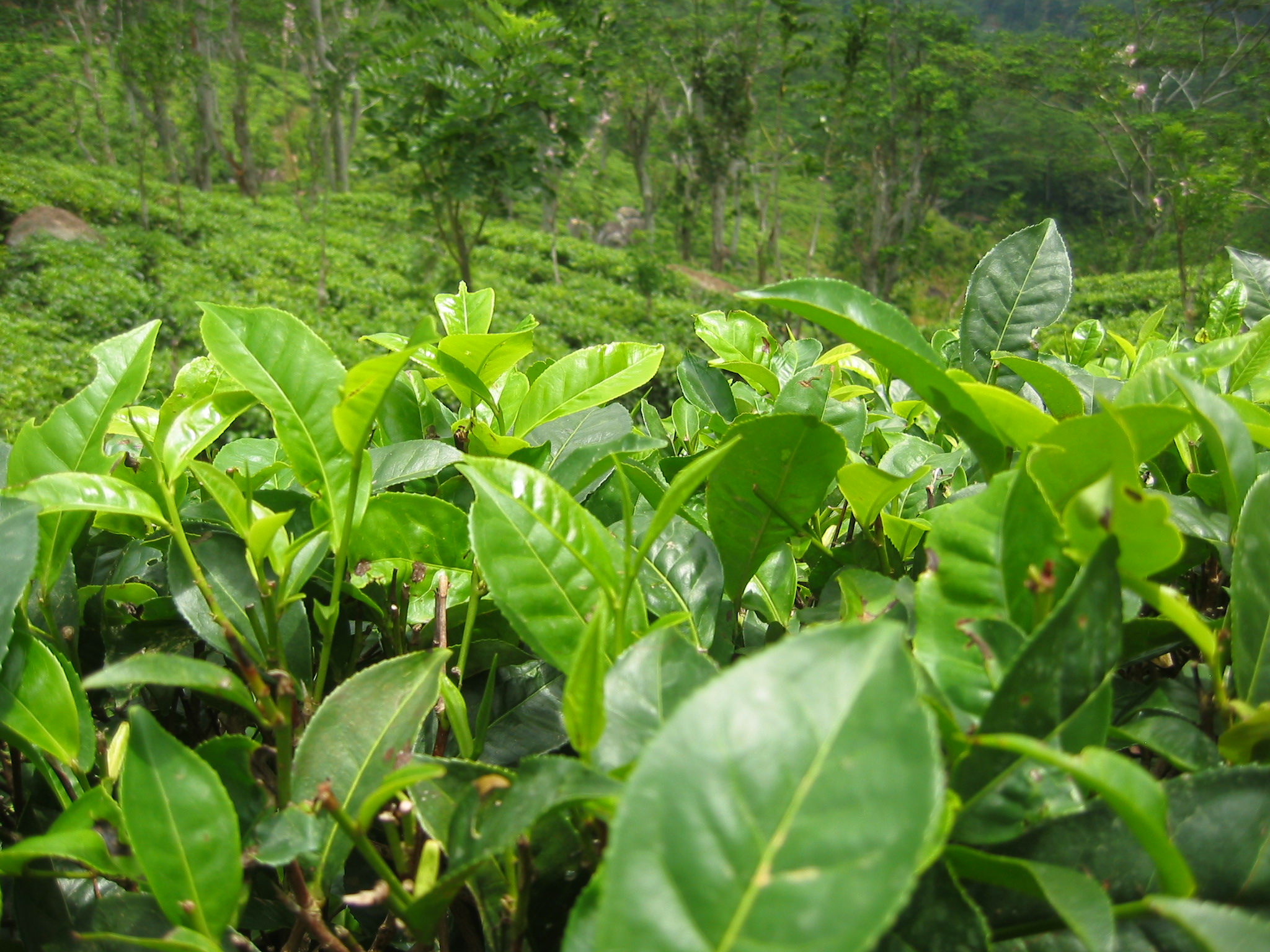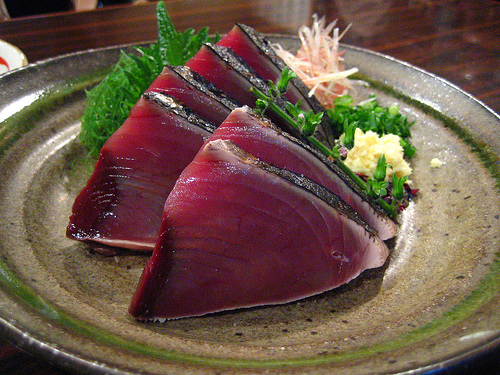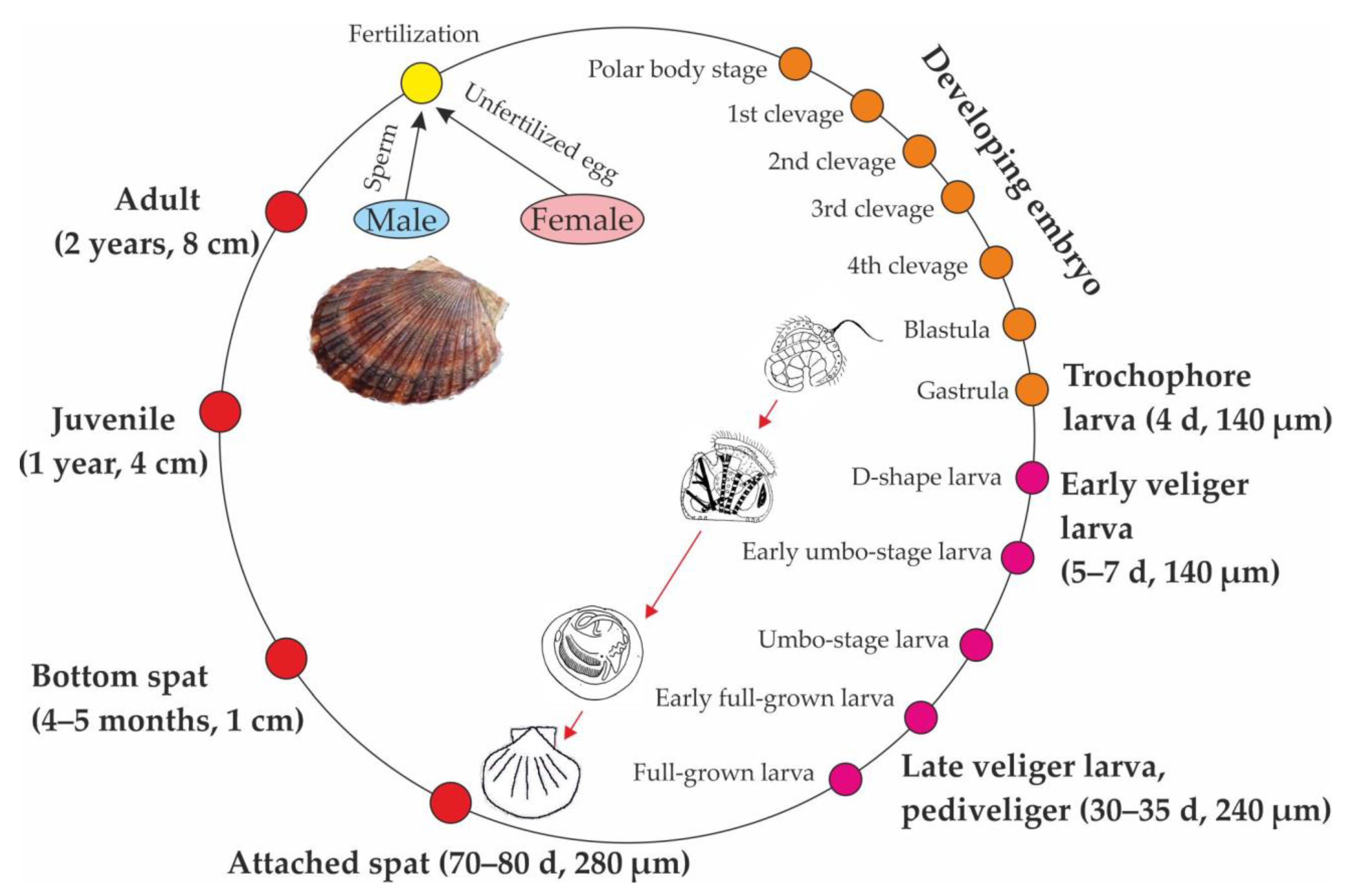|
Namerō
is a type of tataki, a manner of preparing fish or meat finely minced and mixed with some spices and seasonings, not unlike a tartare. This recipe has been passed down among Bōsō Peninsula fishermen. Variations Sangayaki A dish of grilled namerō is called sangayaki (さんが焼き) or simply sanga. Namerō is grilled directly on an iron griddle, stuffed into scallop or abalone shells or wrapped in sarutoriibara or camellia leaves. Like namerō, it is said to have originated in the Bōsō Peninsula, and there are places specializing in sangayaki. There are three theories about the original kanji spelling and origin story of the name, and the Ministry of Agriculture, Forestry and Fisheries has adopted the first one (山家焼き) shown here: # 山家焼き spelling: Namerō was grilled or steamed by fishermen in the mountain huts and was eaten, so it was called 'mountain' (山) and 'house' (家) 'fry' (焼き). # 山河焼き spelling: The spelling of "Sangayaki" der ... [...More Info...] [...Related Items...] OR: [Wikipedia] [Google] [Baidu] |
Ministry Of Agriculture, Forestry And Fisheries (Japan)
Ministry may refer to: Government * Ministry (collective executive), the complete body of government ministers under the leadership of a prime minister * Ministry (government department), a department of a government Religion * Christian ministry, activity by Christians to spread or express their faith ** Minister (Christianity), clergy authorized by a church or religious organization to perform teaching or rituals ** Ordination, the process by which individuals become clergy * Ministry of Jesus The ministry of Jesus, in the canonical gospels, begins with Baptism of Jesus, his baptism near the River Jordan by John the Baptist, and ends in Jerusalem in Christianity, Jerusalem in Judea, following the Last Supper with his Disciple (Chri ..., activities described in the Christian gospels * ''Ministry'' (magazine), a magazine for pastors published by the Seventh-day Adventist Church Music * Ministry (band), an American industrial metal band * Ministry of Sound, a Lond ... [...More Info...] [...Related Items...] OR: [Wikipedia] [Google] [Baidu] |
Cooking Techniques
This is a list of cooking techniques commonly used in cooking and food preparation. Cooking is the practice of preparing food for ingestion, commonly with the application of differentiated heating. Cooking techniques and ingredients vary widely across the world, reflecting unique environments, economics, cultural traditions, and trends. The way that cooking takes place also depends on the skill and type of training of an individual cook as well as the resources available to cook with, such as good butter which heavily impacts the meal. A B C File:Fromagerie gruyères-égouttage-4.jpg, The production of Gruyère cheese at the cheesemaking factory of Gruyères, Canton of Fribourg, Switzerland File:Svadbarski Kupus.jpg, Cooking of Svadbarski Kupus (wedding cabbage) in clay pots, Serbia File:Coddled Egg on hash.jpg, A coddl ... [...More Info...] [...Related Items...] OR: [Wikipedia] [Google] [Baidu] |
Nobeoka
270px, Central Nobeoka City is a city located in the north of Miyazaki Prefecture, Japan. , the city had an estimated population of 113,367 in 51272 households, and a population density of 130 persons per km². The total area of the city is . Geography Nobeoka is located in northern Miyazaki Prefecture. It is bordered by the Hyūga Sea to the east and is surrounded by the Kyushu Mountains to the north, west and south. Many rivers flow through the city, the largest of which is the Gokase River. The eastern coast of Nobeoka City is within the borders of the Nippō Kaigan Quasi-National Park, and the northwestern part is within the borders of the Sobo-Katamuki Quasi-National Park. Neighboring municipalities Miyazaki Prefecture * Hinokage * Kadogawa * Misato Ōita Prefecture * Saiki Climate Nobeoka has a humid subtropical climate (Köppen climate classification ''Cfa''), which is hot and humid in the summer (above ) and is somewhat cold in the winter with temperatures dropping ... [...More Info...] [...Related Items...] OR: [Wikipedia] [Google] [Baidu] |
Isumi District
is a district located in Chiba, Japan. As of 2010, the district has an estimated population of 18,593 and a density of 120 persons per km2. The total area was . The district formerly included all of the city of Katsuura, most of the city of Isumi and a portion of the town of Mutsuzawa. It has been reduced in size through mergers and consolidation to two towns. The district is located in the outer zone of Metropolitan Tokyo, roughly from the center of the capital. Towns and villages *Onjuku * Ōtaki History Early history Isumi District was one of the ancient districts of Kazusa Province. The district was named after the Isumi River, which runs from the mountainous areas of Katsuura to the south of Kujūkuri Beach on the Pacific Ocean. The district is mentioned in Nara-period chronicles under various names, usually as . The ''Nihon Shoki'' records the area as , and the ''Kojiki'' as . In the ancient period the district bordered Mōda and Unakami districts to the west, and Ha ... [...More Info...] [...Related Items...] OR: [Wikipedia] [Google] [Baidu] |
Izu Peninsula
The is a mountainous peninsula with a deeply indented coastline to the west of Tokyo on the Pacific Ocean, Pacific coast of the island of Honshu, Japan, the largest of the four main islands of Japan. Formerly known as Izu Province, Izu peninsula is now a part of Shizuoka Prefecture. The peninsula has an area of and its estimated population in 2005 was 473,942 people. The peninsula's populated areas are located primarily on the north and east. Geology Tectonically, the Izu peninsula results from the Philippine Sea Plate colliding with the Okhotsk Plate at the Nankai Trough. The Philippine Sea Plate, the Amurian Plate, and the Okhotsk Plate meet at Mount Fuji, a triple junction. The peninsula itself lies on the Philippine Sea Plate. The southern portion of the peninsula is composed largely of breccia, and the central and northern portions consist of numerous highly eroded volcanoes. The Amagi Mountain Range dominates the center of the peninsula with Mount Amagi () and Mount ... [...More Info...] [...Related Items...] OR: [Wikipedia] [Google] [Baidu] |
Chazuke
''Chazuke'' ( 茶漬け, ちゃづけ) or ''ochazuke'' ( お 茶 漬 け, from ( o)''cha'' ' tea' + ''tsuke'' 'submerge') is a simple Japanese dish made by pouring green tea,Seductions of Rice – Jeffrey Alford, Naomi Duguid p. 213. dashi, or hot water over cooked . Common toppings include '' tsukemono'' (pickled vegetables), '' umeboshi'' (pickled |
Camellia
''Camellia'' (pronounced or ) is a genus of flowering plants in the family Theaceae. They are found in tropical and subtropical areas in East Asia, eastern and South Asia, southern Asia, from the Himalayas east to Japan and Indonesia. There are more than 220 described species; almost all are found in southern China and Indochina. Camellias are popular ornamental, tea, and woody-oil plants cultivated worldwide for centuries. Over 26,000 cultivars, with more than 51,000 cultivar names, including synonyms, have been registered or published. The leaves of ''Camellia sinensis, C. sinensis'' are processed to create tea, and so are of particular economic importance in East Asia, Southeast Asia, and the Indian subcontinent, with the processed leaves widely sold and consumed globally. The ornamental ''Camellia japonica, C. japonica'', ''Camellia sasanqua, C. sasanqua'' and their Hybrid (biology)#Hybrid plants, hybrids are the source of hundreds of garden cultivars. ''Camellia oleifera, C ... [...More Info...] [...Related Items...] OR: [Wikipedia] [Google] [Baidu] |
Tataki
Two methods of preparing fish or meat in Japanese cuisine are called or . In Japanese language, Japanese, means "pounded" or "hit into pieces". Cooked food In the first method, the meat or fish is seared very briefly over a hot flame or in a pan, and can be briefly marinated in vinegar, sliced thin, and seasoned with ginger (which is ground or pounded into a paste, hence the name). Food so prepared can also be served like sashimi with soy sauce and garnishes. The method originated in Tosa Province, now part of Kōchi Prefecture, where it was applied to bonito (). Lore has it that it was developed by Sakamoto Ryōma, a 19th-century rebel samurai, who picked up the European technique of grilling meat from the foreigners resident in Nagasaki, Nagasaki, Nagasaki. Uncooked food In the second method, it is the food that is "hit into pieces". Fish such as tuna or horse mackerel are chopped and mixed with garnishes such as garlic, ginger, green onions or leaves. Soy sauce may ... [...More Info...] [...Related Items...] OR: [Wikipedia] [Google] [Baidu] |
Smilax China
''Smilax china'' is a climbing plant species in the genus ''Smilax''. It is native to China, Korea, Taiwan, Japan (including Ryukyu and Bonin Islands), Philippines, Vietnam, Thailand, Myanmar, and India. It is also known as china root, china-root, or chinaroot, as is the related ''Smilax glabra''. Description The stem is woody, sparsely prickly, and long. Petiole is long; leaf blade is elliptic to orbicular, long and wide, sometimes wider. Berries are red, globose, and in diameter. Kaempferol 7-O-glucoside Kaempferol 7-''O''-glucoside is a flavonol glucoside. It can be found in '' Smilax china'', and in the fern '' Asplenium rhizophyllum'', and its hybrid descendants, as part of a complex with caffeic acid Caffeic acid is an organic compound with ..., a flavonol glucoside, can be found in ''S. china''. Habitat In China, ''S. china'' occurs in forests, thickets, hillsides, grassy slopes, and shaded places along valleys or streams. It is found from near sea level to . ... [...More Info...] [...Related Items...] OR: [Wikipedia] [Google] [Baidu] |
Giant Ezo Scallop
''Mizuhopecten yessoensis'' (Yesso scallop, giant Ezo scallop) is a species of marine bivalve mollusks in the family Pectinidae, the scallops. Its name Yesso/Ezo refers to its being found north of Japan. Its tissues bioaccumulate algal yessotoxins and are studied extensively. Description The Yesso scallop (''Mizuhopecten yessoensis'') is a cold water marine bivalve species. The valves have a convex center with a smooth exterior shell. On one side it is white and on the other dark brown. Habitat The Yesso scallop is widely distributed along the cold coast of Northern Japan. Scallop cultivation is located in the northern islands of Honshu and Hokkaido, with the Sea of Okhotsk, Saroma Lake and Funka Bay in Hokkaido accounting for more than 80% of the scallop production during the period of 1991 to 2002. Ecology and behavior Temperature plays a key role in the timing of spawning and larvae settlement of the Yesso scallop. Generally, the scallops spawn between May 1 to Ju ... [...More Info...] [...Related Items...] OR: [Wikipedia] [Google] [Baidu] |





